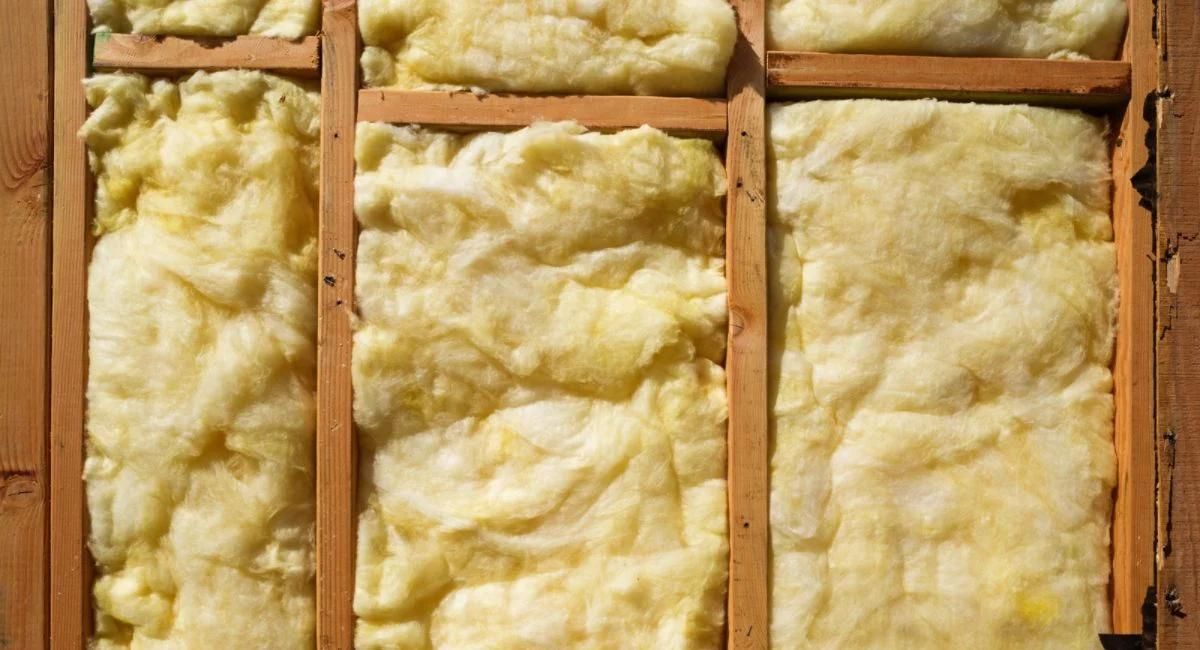

Articles
What Is The R-Value Of Fiberglass Insulation
Modified: January 8, 2024
Discover the R-value of fiberglass insulation in this informative article. Learn how this type of insulation can improve the energy efficiency of your home.
(Many of the links in this article redirect to a specific reviewed product. Your purchase of these products through affiliate links helps to generate commission for Storables.com, at no extra cost. Learn more)
Introduction
When it comes to maintaining a comfortable and energy-efficient home or building, insulation plays a crucial role. Insulation helps to regulate the temperature inside by reducing the transfer of heat between the interior and exterior spaces. One of the key factors that determine the effectiveness of insulation is its R-value.
R-value is a measure of the thermal resistance of a material, indicating how well it can resist the flow of heat. The higher the R-value, the better the insulation’s ability to prevent heat transfer. In this article, we will explore the R-value of fiberglass insulation, one of the most commonly used types of insulation in buildings.
Understanding the R-value and its impact on insulation choices can help homeowners and building owners make informed decisions about energy efficiency and comfort. So let’s delve into the world of fiberglass insulation and its R-value.
Key Takeaways:
- Fiberglass insulation with a high R-value offers improved energy efficiency, comfort, and durability, making it a reliable choice for creating sustainable and comfortable buildings.
- Proper installation and understanding of factors affecting R-value are crucial for maximizing the performance of fiberglass insulation, ensuring optimal energy efficiency and long-term cost savings.
Read more: What Is The R-Value In Insulation
What is R-Value?
R-value is a measure of the thermal resistance of a material, indicating how well it can resist the flow of heat. It is a fundamental concept used in the insulation industry to compare and evaluate different types of insulation materials. The R-value is a numerical representation of the amount of thermal resistance provided by an inch-thick layer of the insulation material.
The higher the R-value, the more effective the insulation is at preventing heat transfer. Insulation with a higher R-value will provide better thermal resistance and result in a more energy-efficient space. It helps to keep the indoor temperature stable by reducing heat gain in warm weather and heat loss in cold weather.
R-value is measured in units of square foot-hour-degrees Fahrenheit per British thermal unit (ft²·°F·hr/BTU). The higher the R-value, the better the insulation material’s ability to resist heat flow. However, it is important to note that the R-value only measures conductive heat transfer, which is the heat transferred through direct contact between materials.
It is crucial to consider other factors such as air infiltration and radiant heat transfer when evaluating the overall insulation performance. R-value is just one piece of the puzzle when it comes to selecting the right insulation material for a specific application.
Note that while higher R-values generally indicate better thermal resistance, doubling the R-value does not necessarily mean double the insulation performance. Insulation performance is influenced by factors like installation quality, material thickness, and the overall building envelope’s efficiency.
Importance of Insulation in Buildings
Insulation plays a vital role in buildings, providing numerous benefits related to energy efficiency, comfort, and cost savings. Here are some key reasons why insulation is essential:
- Energy Efficiency: Insulation helps to reduce the transfer of heat between the indoor and outdoor environments. This means that during hot summers, insulation prevents excess heat from entering the building, while during cold winters, it prevents heat from escaping. As a result, the building requires less energy for heating and cooling, leading to lower energy bills and reduced carbon footprint.
- Temperature Regulation: Insulation helps to maintain a consistent and comfortable temperature inside buildings. It acts as a barrier, preventing outdoor temperature fluctuations from affecting the indoor environment. This creates a more enjoyable space for occupants and reduces the reliance on heating and cooling systems.
- Noise Reduction: Insulation also plays a role in reducing noise transmission. It acts as a sound barrier, absorbing and dampening sound waves, thereby minimizing noise pollution from outside and between rooms. This is particularly important in residential buildings, offices, and other spaces where noise control is necessary for a peaceful and productive environment.
- Condensation Control: Insulation helps to prevent moisture buildup caused by temperature differences. When warm and moist air comes into contact with cooler surfaces, condensation can occur. Insulation creates a barrier, reducing the likelihood of condensation, which can lead to mold growth, structural damage, and poor indoor air quality.
- Durability and Building Lifespan: Proper insulation helps to protect the structure of a building by reducing the potential for moisture-related issues, such as rot and decay. It can also minimize thermal expansion and contraction, reducing stress on building materials. By enhancing the durability of the building, insulation contributes to its overall lifespan.
- Environmental Impact: Insulation significantly reduces energy consumption, which has a positive impact on carbon emissions and the environment. By reducing greenhouse gas emissions associated with heating and cooling, insulation helps to mitigate climate change and promote sustainability.
Given these benefits, it is clear that insulation plays a critical role in creating energy-efficient, comfortable, and sustainable buildings. Whether for residential, commercial, or industrial purposes, proper insulation is a wise investment that can yield long-term cost savings and environmental benefits.
Understanding Fiberglass Insulation
Fiberglass insulation is one of the most popular and widely used types of insulation in buildings. It is made from finely woven glass fibers that are formed into batts, rolls, or loose-fill material. Fiberglass insulation is known for its excellent thermal performance, affordability, and versatility.
The production process involves spinning molten glass into thin strands, which are then mixed with a binding agent to form the final insulation product. These fibers create air pockets that trap air, reducing heat transfer through conduction and improving energy efficiency.
Fiberglass insulation is available in various forms, including batts and rolls, which are commonly used in walls and ceilings, as well as loose-fill insulation, suitable for attics and hard-to-reach areas. It is also easy to install, making it a popular choice for both DIY projects and professional installations.
One of the key advantages of fiberglass insulation is its low thermal conductivity, which means it resists the flow of heat effectively. This property allows it to provide high R-values, making it an efficient choice for insulating buildings in various climates.
Fiberglass insulation also has good fire-resistant properties. It is non-combustible, meaning it does not contribute to the spread of flames in the event of a fire. This can enhance the safety of the building and provide valuable time for evacuation or firefighting efforts.
Additionally, fiberglass insulation is resistant to moisture, mold, and pests. The non-absorbent nature of glass fibers prevents water from being absorbed, reducing the risk of mold growth and rot. It is also not a food source for pests, making it less susceptible to infestation.
Furthermore, fiberglass insulation is a long-lasting solution. With proper installation and maintenance, it can remain effective for decades, providing continued energy savings and thermal comfort.
Despite its numerous advantages, there are some considerations when using fiberglass insulation. The fibers can cause irritation to the skin, eyes, and respiratory system if proper precautions and safety measures are not taken during installation. It is important to wear protective clothing, gloves, goggles, and a mask when working with fiberglass insulation to minimize the risk of exposure.
Overall, fiberglass insulation is a widely adopted and reliable choice for both residential and commercial insulation needs. Its thermal performance, affordability, fire resistance, and versatility make it a popular option for enhancing energy efficiency and maintaining comfortable indoor environments.
Factors Affecting the R-Value of Fiberglass Insulation
The R-value of fiberglass insulation is determined by various factors that can impact its thermal resistance. Understanding these factors is crucial for selecting the appropriate insulation and ensuring optimal energy efficiency. Here are the key factors that affect the R-value of fiberglass insulation:
- Thickness: The thickness of fiberglass insulation directly affects its R-value. Generally, thicker insulation provides higher thermal resistance. As the insulation thickness increases, the number of air pockets that trap heat also increases, resulting in improved insulation performance.
- Density: The density of fiberglass insulation can impact its R-value. Generally, higher density insulation offers better thermal resistance. The denser the insulation, the more fibers are packed in a given area, which improves its ability to resist heat transfer.
- Installation Quality: The way fiberglass insulation is installed can significantly impact its R-value. Proper installation ensures that there are no gaps, voids, or compression of the insulation material. Any gaps can allow heat transfer through conduction, reducing the overall effectiveness of the insulation.
- Air Infiltration: Air movement through or around fiberglass insulation can reduce its overall R-value. Proper air sealing around insulation is essential to prevent air infiltration, as air movement can carry heat and compromise the insulation’s effectiveness.
- Moisture Presence: Fiberglass insulation is susceptible to a reduction in R-value in the presence of moisture. Moisture can compress the fibers, reducing the insulation’s ability to trap air and limiting its thermal resistance. It is crucial to address any moisture issues to maintain the insulation’s performance.
- Temperature: Extreme temperatures or significant temperature fluctuations can affect the R-value of fiberglass insulation. While it remains an effective insulator in various temperature ranges, prolonged exposure to extremely high or low temperatures can impact its performance.
- Aging: Over time, fiberglass insulation may experience a slight reduction in its R-value due to settling, compression, or the breakdown of the binding agent. However, high-quality fiberglass insulation tends to have a minimal impact on R-value reduction over an extended period.
It is important to note that the R-value of fiberglass insulation is typically provided by manufacturers under specific laboratory conditions. Real-world factors such as compression, moisture, and installation quality may affect the actual R-value in a building. Consulting with insulation professionals and following industry best practices can help ensure the insulation’s effectiveness and achieve the desired energy efficiency goals.
When choosing fiberglass insulation, look for a higher R-value for better thermal resistance. This will help improve the energy efficiency of your home.
Read more: What R-Value Is Blow-In Insulation
Comparing R-Values: Fiberglass vs Other Insulation Materials
When it comes to selecting insulation for your home or building, comparing the R-values of different insulation materials is essential. Here, we will compare the R-values of fiberglass insulation with some commonly used alternatives to help you make an informed decision:
- Spray Foam Insulation: Spray foam insulation is known for its excellent thermal performance. It provides a higher R-value per inch compared to fiberglass. Closed-cell spray foam insulation can have an R-value ranging from 6 to 7 per inch, while open-cell spray foam has an R-value of around 3.5 per inch.
- Cellulose Insulation: Cellulose insulation, made from recycled paper fibers, is an environmentally friendly choice. It has a similar R-value to fiberglass insulation, typically ranging from 3.2 to 3.8 per inch. However, it can settle over time, resulting in a potential reduction of its initial R-value.
- Rigid Foam Insulation: Rigid foam insulation, such as expanded polystyrene (EPS) and extruded polystyrene (XPS), offers high R-values per inch. EPS insulation has an R-value of around 4 per inch, while XPS insulation ranges from 5 to 5.5 per inch. It provides better insulation performance compared to fiberglass insulation of the same thickness.
- Mineral Wool Insulation: Mineral wool insulation, made from rock or slag fibers, has a higher R-value than fiberglass insulation. It typically ranges from 3 to 4.2 per inch. Mineral wool insulation is also resistant to fire and can provide good soundproofing capabilities.
- Aerogel Insulation: Considered one of the most effective insulation materials, aerogel insulation has an exceptionally high R-value. It can range from 10 to 30 per inch, depending on the specific type and application. However, aerogel insulation is significantly more expensive than traditional insulation options.
While these are popular alternatives to fiberglass insulation, it is important to consider factors beyond just R-value. Other factors include cost, compatibility with the building structure, moisture resistance, ease of installation, and environmental impact. Each insulation material has its advantages and disadvantages, so it is crucial to assess your specific needs and consult with professionals to select the most suitable option for your project.
Benefits of Using Fiberglass Insulation with High R-Value
Using fiberglass insulation with a high R-value offers several advantages for homeowners and building owners. Let’s explore the benefits of using fiberglass insulation with a high R-value:
- Improved Energy Efficiency: Fiberglass insulation with a high R-value provides enhanced thermal resistance, reducing heat transfer between the interior and exterior of the building. This leads to improved energy efficiency by minimizing heating and cooling demands. The reduced energy consumption translates into lower utility bills and a smaller carbon footprint.
- Enhanced Comfort: High R-value fiberglass insulation helps maintain a consistent and comfortable indoor temperature throughout the year. It reduces drafts, cold spots, and heat loss/gain, creating a more comfortable living or working environment. This helps to eliminate temperature variations, making occupants feel more comfortable and reducing the need for constant adjustments to heating or cooling systems.
- Noise Reduction: Fiberglass insulation with a high R-value also provides sound absorption properties, reducing noise transmission. The insulation acts as a barrier, dampening noise vibrations and minimizing sound transfer between rooms or from outside. This is particularly beneficial in urban areas or spaces where noise control is important, such as bedrooms, offices, or recording studios.
- Moisture Control: Fiberglass insulation with a high R-value can also help with moisture control. By reducing heat transfer through the building envelope, it minimizes the potential for condensation on surfaces. Controlling moisture helps prevent mold growth, wood rot, and structural damage, improving indoor air quality and preserving the integrity of the building over time.
- Longevity: High-quality fiberglass insulation with a high R-value can have a long lifespan when properly installed and maintained. It resists settling, compression, and moisture absorption, ensuring longevity and sustained thermal performance. This means that the insulation will continue to provide energy savings and comfort for many years without the need for frequent replacement.
- Fire Resistance: Fiberglass insulation is inherently non-combustible and does not contribute to the spread of flames in the event of a fire. It helps contain the fire and provides valuable time for occupants to evacuate or for emergency response teams to intervene. This fire-resistant property can enhance the safety of occupants and protect the structure of the building.
- Environmental Sustainability: Fiberglass insulation is made from recycled glass and other sustainable materials. Choosing fiberglass insulation with a high R-value supports eco-friendly practices and reduces the carbon footprint associated with energy consumption. It also contributes to sustainability efforts by reducing the need for excessive heating or cooling, lowering energy demand and greenhouse gas emissions.
By selecting fiberglass insulation with a high R-value, you can enjoy these benefits, including improved energy efficiency, enhanced comfort, noise reduction, moisture control, durability, fire resistance, and environmental sustainability. It is important to carefully select the appropriate R-value and ensure proper installation to maximize the insulation’s performance and reap these advantages.
Proper Installation of Fiberglass Insulation for Optimal R-Value
Proper installation of fiberglass insulation is crucial to maximize its effectiveness and achieve the desired R-value. Here are some guidelines to follow for optimal insulation installation:
- Choose the Right Type and Thickness: Select the appropriate type of fiberglass insulation for your specific application. Whether you opt for batts, rolls, or loose-fill insulation, ensure it has the correct thickness to achieve the desired R-value. Refer to insulation charts, local building codes, or consult with insulation professionals for guidance.
- Prepare the Installation Area: Before installing fiberglass insulation, ensure that the area is clean, dry, and free of any debris or obstacles. Remove any existing insulation material that may hinder the placement or increase the compressibility of the fiberglass insulation.
- Wear Protective Gear: Fiberglass insulation can cause irritation to the skin, eyes, and respiratory system. Prior to installation, wear appropriate protective gear, including gloves, long-sleeved clothing, safety goggles, and a mask or respirator to minimize exposure to the fiberglass fibers.
- Seal Air Leaks: Before installing the insulation, seal any air leaks around windows, doors, electrical outlets, and other areas where drafts may occur. Proper air sealing prevents air infiltration, which can compromise the insulation’s performance and reduce its overall R-value.
- Install Vapor Barrier (If Required): In certain climates or applications, installing a vapor barrier may be necessary to prevent moisture migration. If required, install the vapor barrier according to local building codes and manufacturer guidelines. Ensure that the barrier is properly sealed and overlaps at seams to maintain its effectiveness.
- Properly Fit and Secure Batts/Rolls: For batts and rolls, carefully cut the insulation to fit the space, ensuring a snug and complete installation. Fit the insulation tightly around pipes, electrical wires, and other obstructions, using a utility knife or insulation knife to make precise cuts. Secure the insulation in place using staples, insulation hangers, or insulation supports as recommended by the manufacturer.
- Fill Wall Cavities Completely: When insulating wall cavities, make sure to fill the space completely with the insulation material. Avoid gaps and voids that could allow heat transfer. Use a mechanical insulation blower or insulation blowing machine for loose-fill insulation to ensure even distribution and proper coverage.
- Maintain Proper Clearance around Fixtures: Leave appropriate clearance around recessed lighting fixtures, flues, chimneys, and other heat-generating sources to prevent overheating and potential fire hazards. Follow the manufacturer’s instructions and local building codes for clearance requirements.
- Inspect and Repair Damaged Insulation: Regularly inspect the insulation for any damage, such as compression, moisture intrusion, or pests. Repair or replace damaged insulation promptly to maintain its optimal R-value and thermal performance.
Remember, proper installation of fiberglass insulation is vital for achieving the desired R-value and maximizing energy efficiency. If you are unsure about the installation process or require assistance, it is advisable to consult with insulation professionals to ensure proper insulation placement and adherence to building codes.
Common Myths about Fiberglass Insulation R-Value
Fiberglass insulation is a widely used and trusted insulation material, but there are some common misconceptions and myths surrounding its R-value. Let’s debunk these myths and separate fact from fiction:
- Myth 1: Fiberglass insulation loses its R-value over time. This is a common misconception. High-quality fiberglass insulation is designed to maintain its R-value over its lifespan, provided it is installed correctly and not subjected to significant compression or moisture damage.
- Myth 2: All fiberglass insulation has the same R-value. In reality, different types and brands of fiberglass insulation can vary in their R-value per inch. It is essential to review the manufacturer’s specifications to determine the specific R-value of the fiberglass insulation you are using.
- Myth 3: Doubling the thickness of fiberglass insulation doubles its R-value. While adding more insulation can generally improve its thermal resistance, doubling the thickness of fiberglass insulation does not double its R-value. R-value calculations follow logarithmic principles, meaning that the increase in thermal resistance is not linear.
- Myth 4: Higher R-value always translates to better insulation performance. While a higher R-value indicates better thermal resistance, it is not the sole factor in determining insulation performance. Other factors such as air infiltration, installation quality, and moisture control also affect how well insulation performs in real-world conditions.
- Myth 5: Fiberglass insulation can only be installed in attics and walls. Fiberglass insulation is versatile and can be used in various applications, including attics, walls, floors, and ceilings. It can be used in both residential and commercial buildings, adapting to different construction types and designs.
- Myth 6: Fiberglass insulation is a health hazard and can cause respiratory issues. While fiberglass fibers can cause temporary skin irritation and respiratory discomfort if not handled properly, they do not pose a significant health risk when installed and covered correctly. Wearing protective gear during installation mitigates potential exposure risks.
- Myth 7: Fiberglass insulation alone can solve all insulation problems. Insulation is just one component of an energy-efficient building. Proper insulation installation should be combined with air sealing, moisture control measures, adequate ventilation, and other building envelope considerations for optimal energy efficiency and comfort.
By dispelling these myths, it becomes clear that fiberglass insulation can be a reliable and effective insulation solution when used correctly. It is important to consult with insulation professionals, review manufacturer specifications, and follow recommended installation practices to maximize the insulation’s performance and achieve the desired energy efficiency goals.
Read more: What R-Value For Crawl Space Insulation
Conclusion
Fiberglass insulation with its high R-value is a valuable asset when it comes to creating energy-efficient and comfortable buildings. Understanding the role and benefits of insulation, as well as the factors that affect fiberglass insulation’s R-value, is essential in making informed decisions regarding insulation choices.
We have learned that R-value is a measure of thermal resistance, indicating an insulation material’s ability to resist heat transfer. Fiberglass insulation, made from glass fibers, offers excellent thermal performance, affordability, and versatility.
Insulation plays a crucial role in maintaining energy efficiency, temperature regulation, noise reduction, and moisture control within a building. Fiberglass insulation excels in these areas, providing improved energy efficiency, enhanced comfort, and long-term durability.
Factors such as thickness, density, installation quality, air infiltration, moisture presence, temperature, and aging can impact the R-value of fiberglass insulation. Proper installation techniques, including choosing the right type and thickness, preparing the installation area, sealing air leaks, and securing the insulation properly, are crucial in achieving the desired performance and optimal R-value.
Comparing the R-values of fiberglass insulation with other insulation materials, such as spray foam, cellulose, rigid foam, mineral wool, and aerogel, can help in selecting the most suitable option for specific applications. Each insulation material has its own advantages and considerations, so careful evaluation is necessary.
Dispelling common myths about fiberglass insulation’s R-value highlights the reliability and effectiveness of this insulation material. Understanding that fiberglass insulation maintains its R-value over time, the variations in R-values among different types, and the importance of combination with other insulation practices enhances the decision-making process regarding insulation choices.
In conclusion, fiberglass insulation with its high R-value offers numerous benefits, including improved energy efficiency, enhanced comfort, noise reduction, moisture control, longevity, fire resistance, and environmental sustainability. Proper installation and adherence to installation guidelines are vital in maximizing insulation performance.
By prioritizing insulation and making informed decisions about the R-value and installation of fiberglass insulation, homeowners and building owners can create energy-efficient, comfortable, and sustainable spaces while enjoying the long-term cost savings and environmental benefits that insulation provides.
Frequently Asked Questions about What Is The R-Value Of Fiberglass Insulation
Was this page helpful?
At Storables.com, we guarantee accurate and reliable information. Our content, validated by Expert Board Contributors, is crafted following stringent Editorial Policies. We're committed to providing you with well-researched, expert-backed insights for all your informational needs.
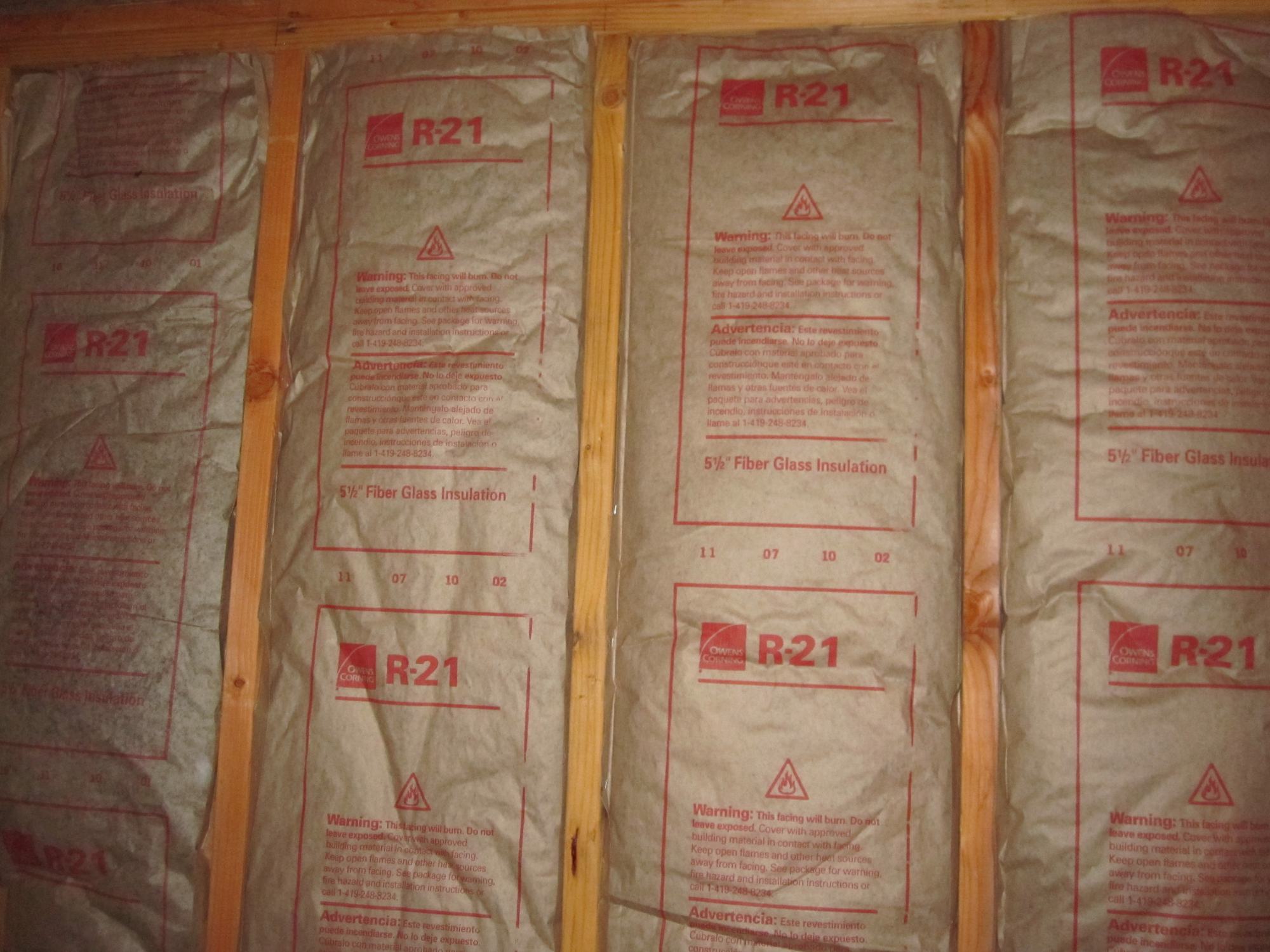
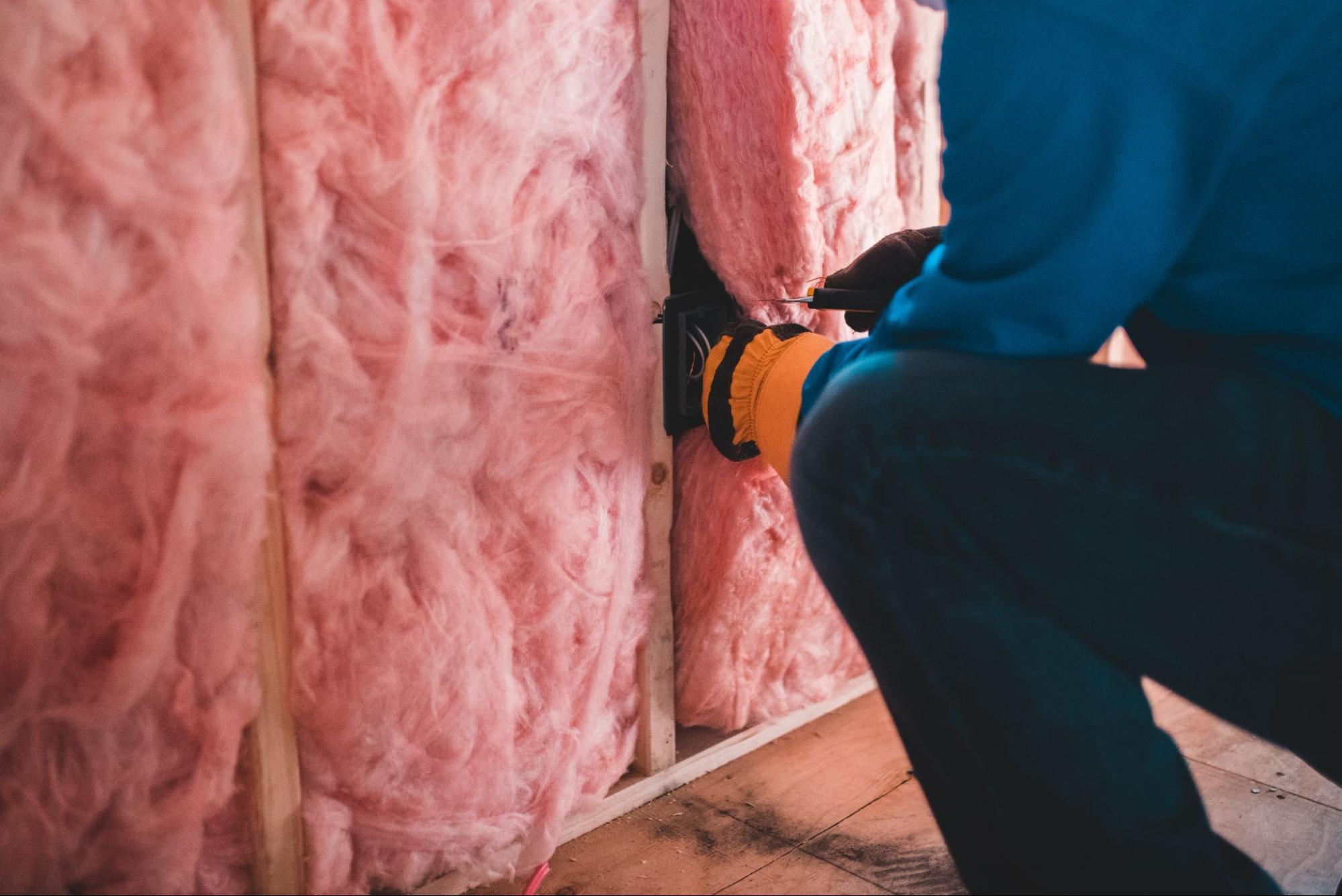
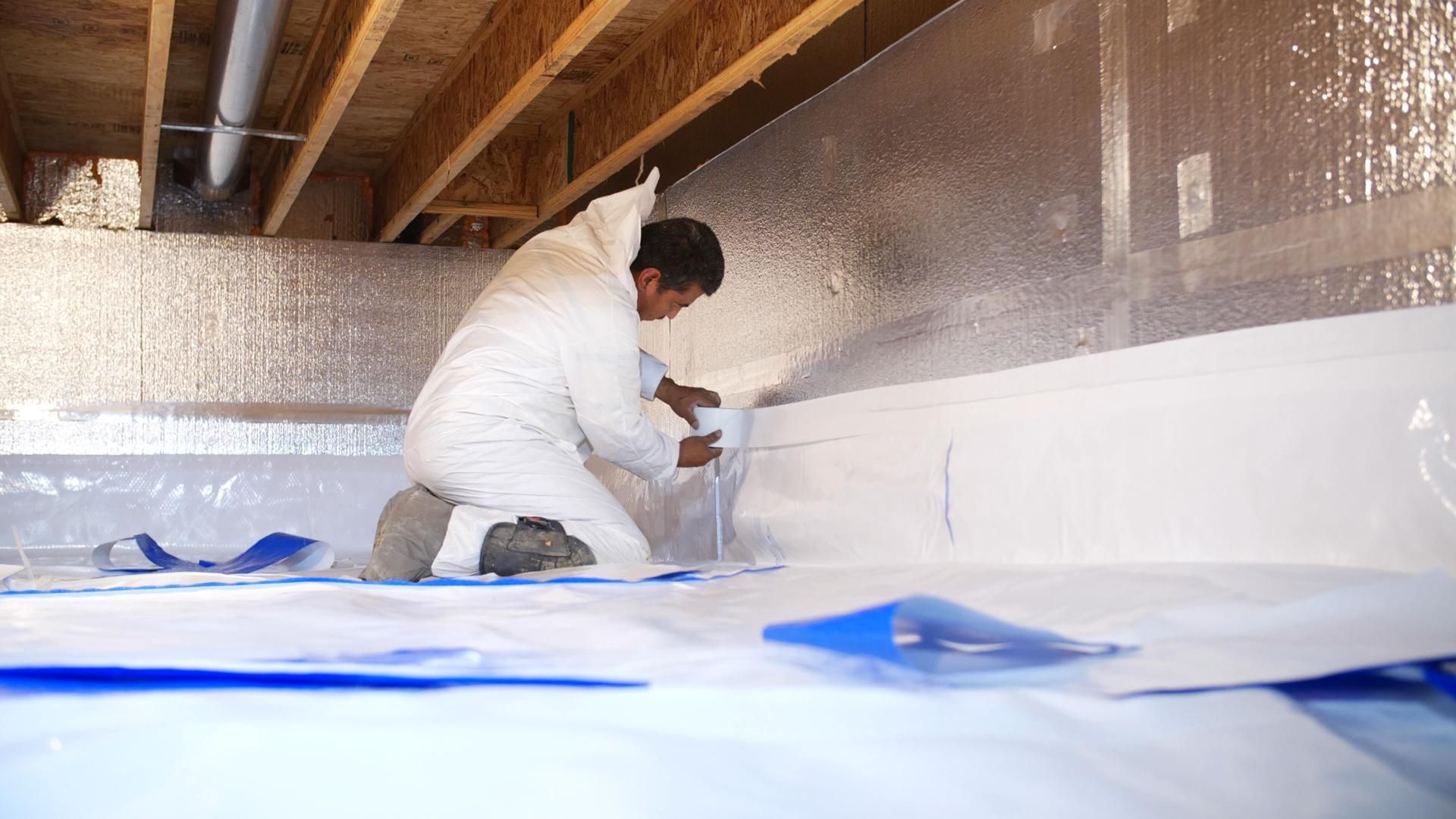
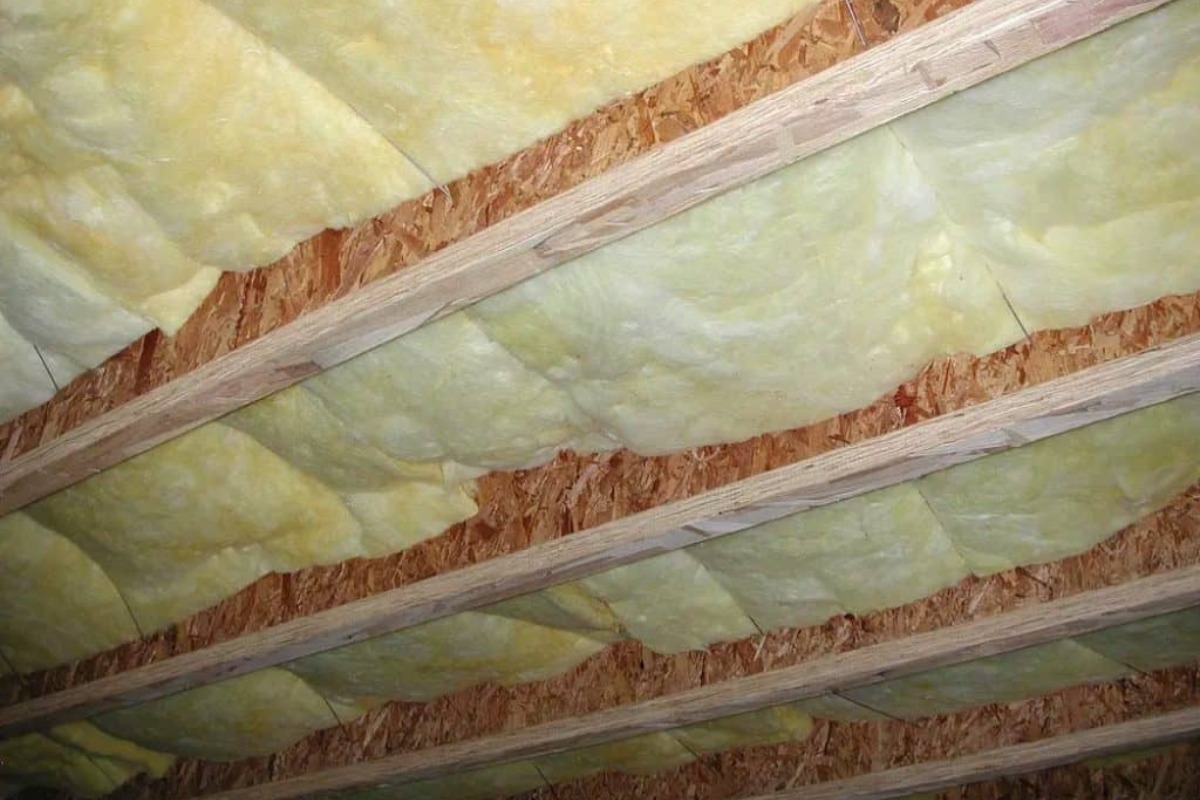
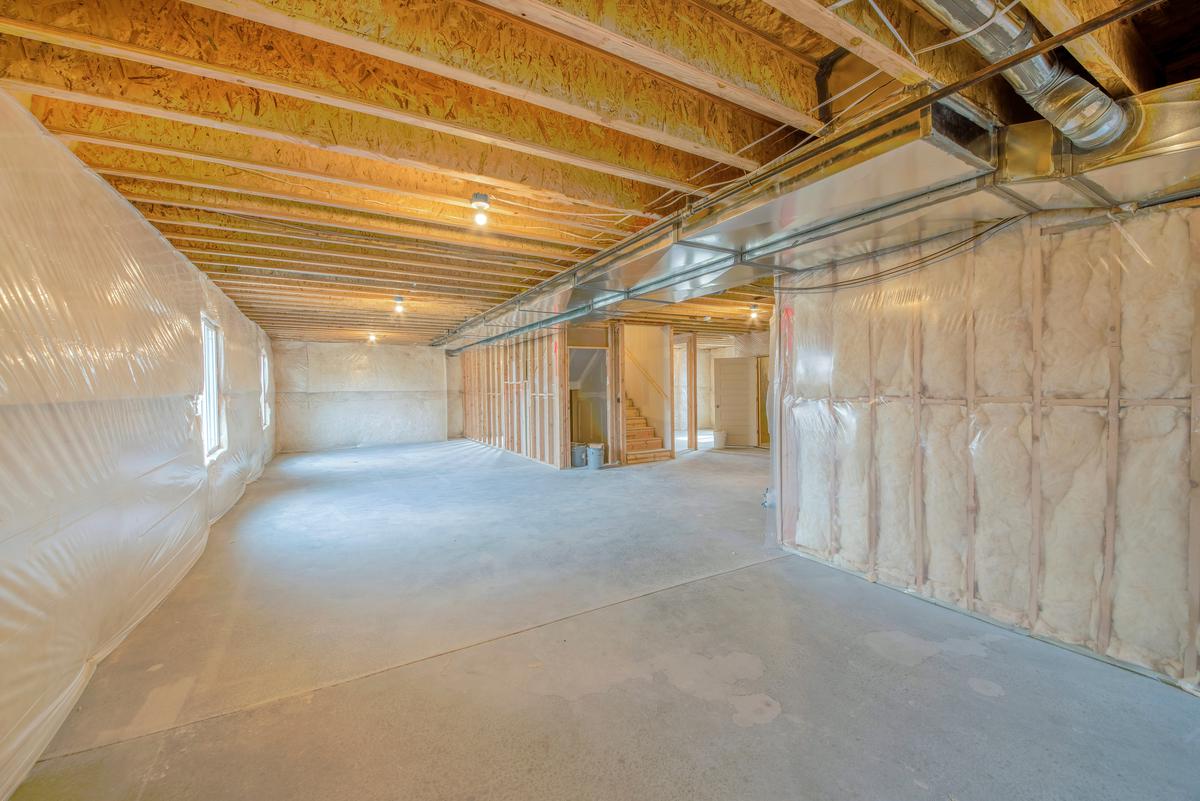
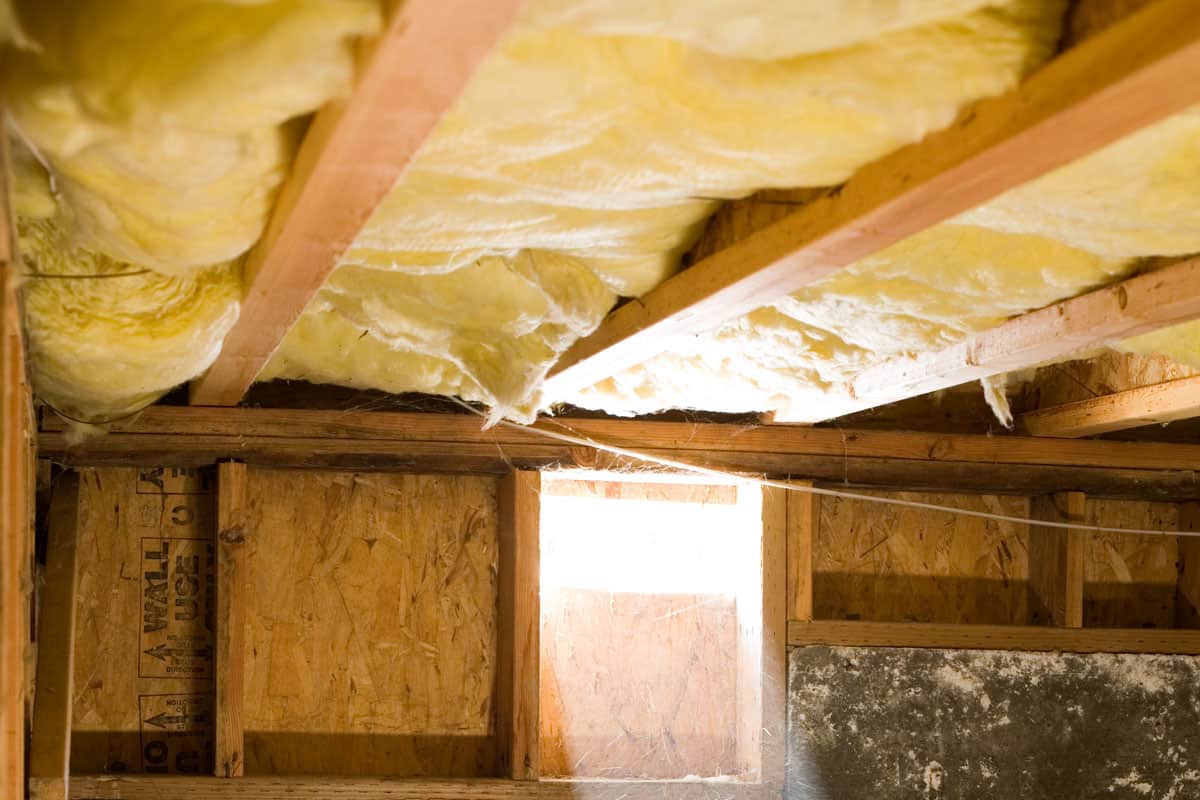
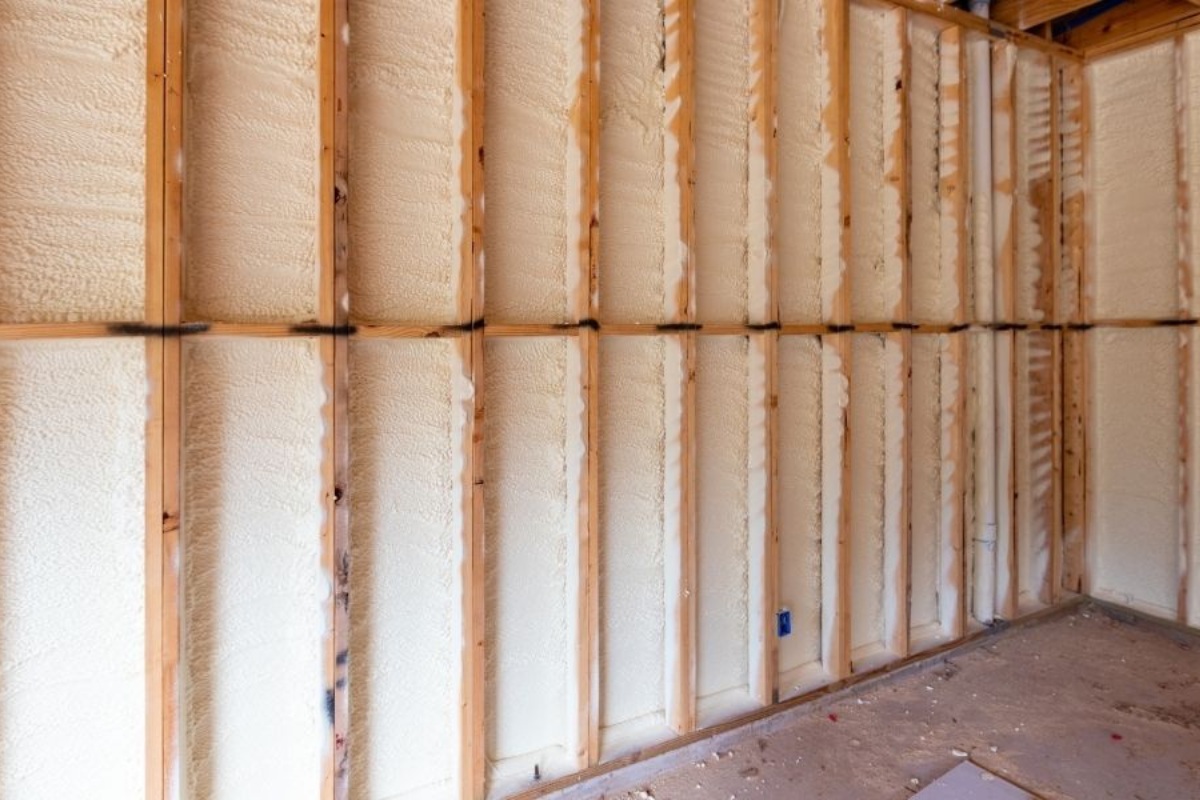
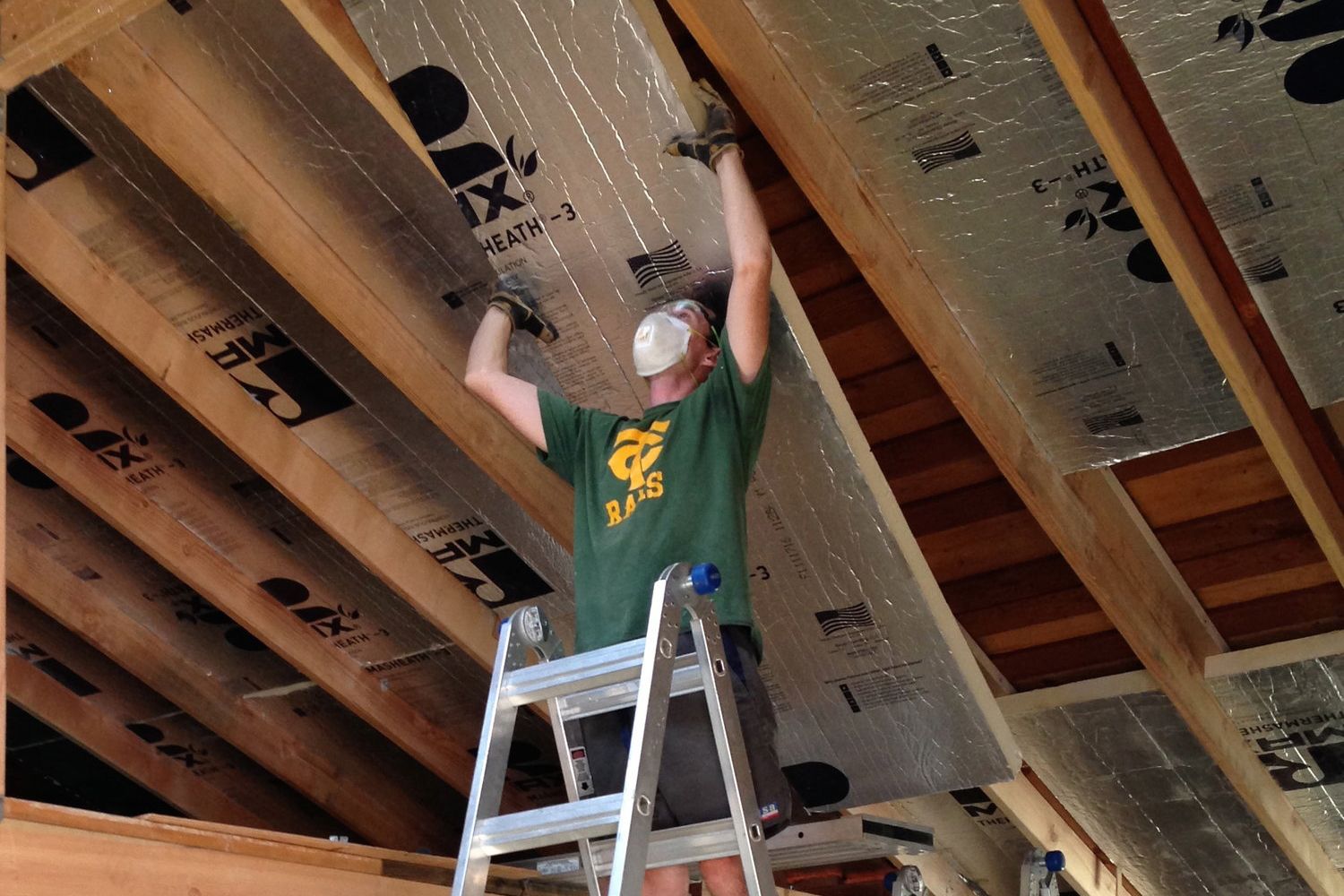
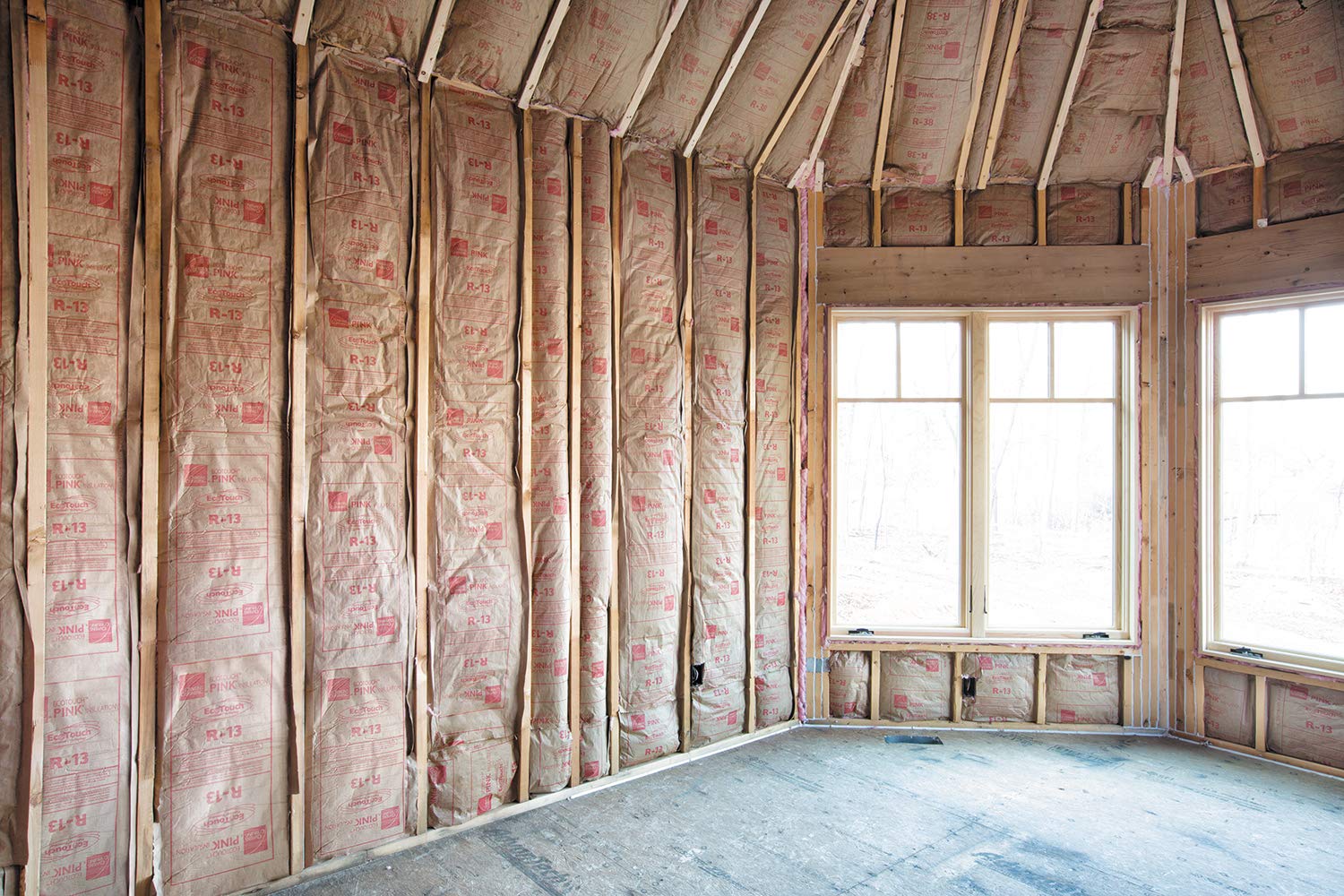
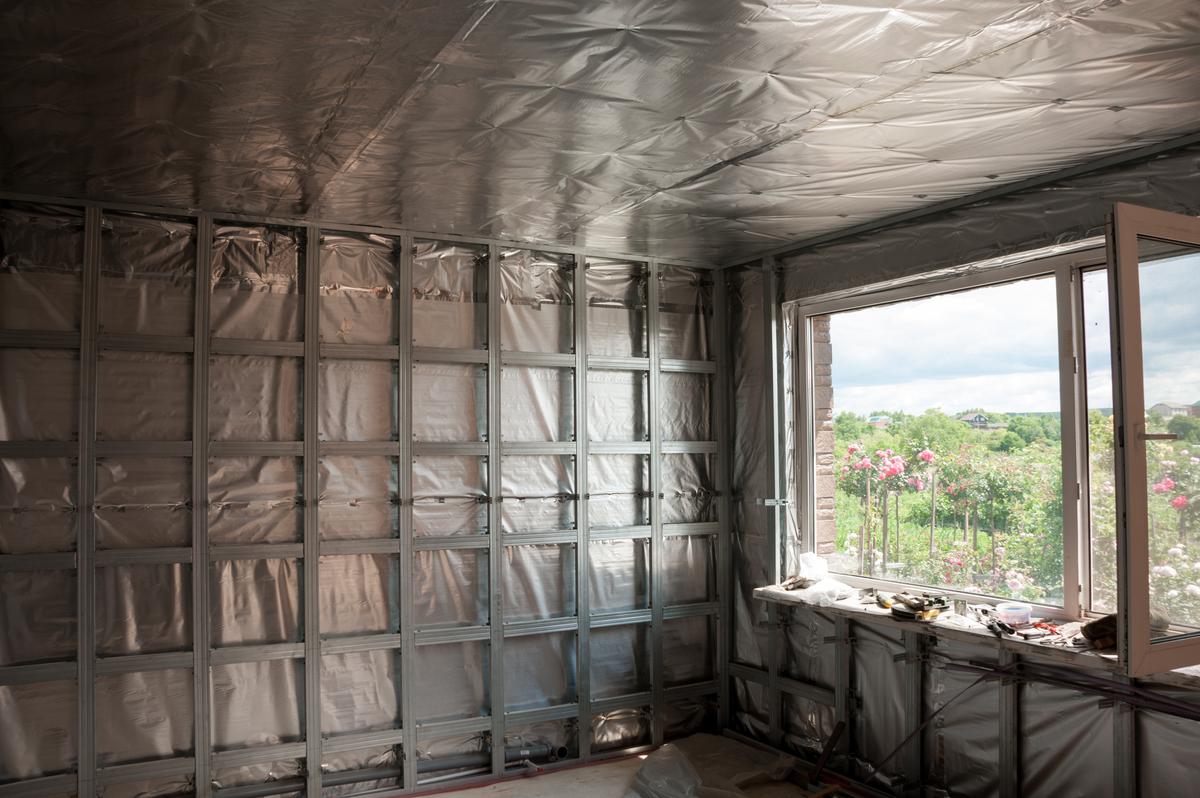
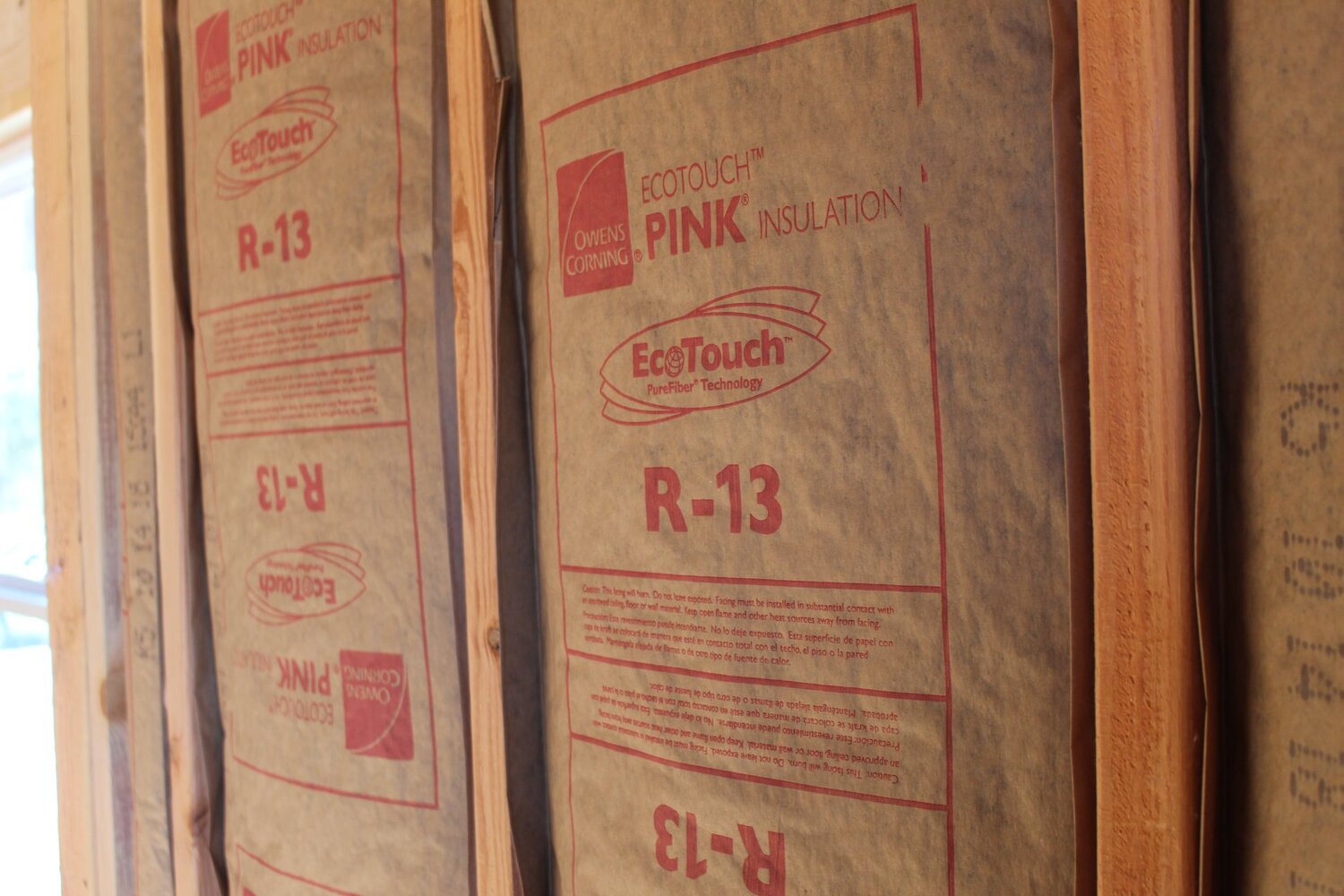
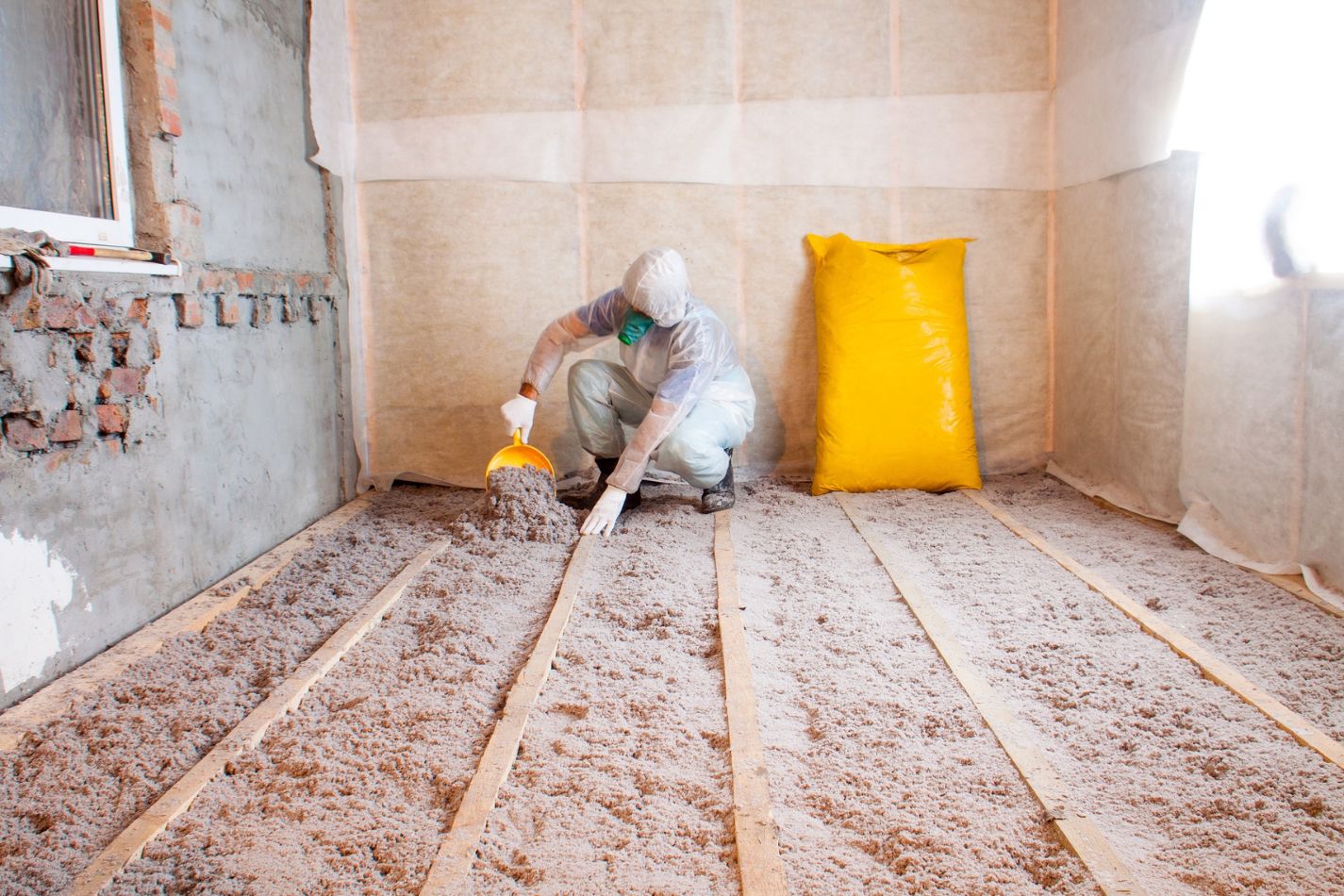
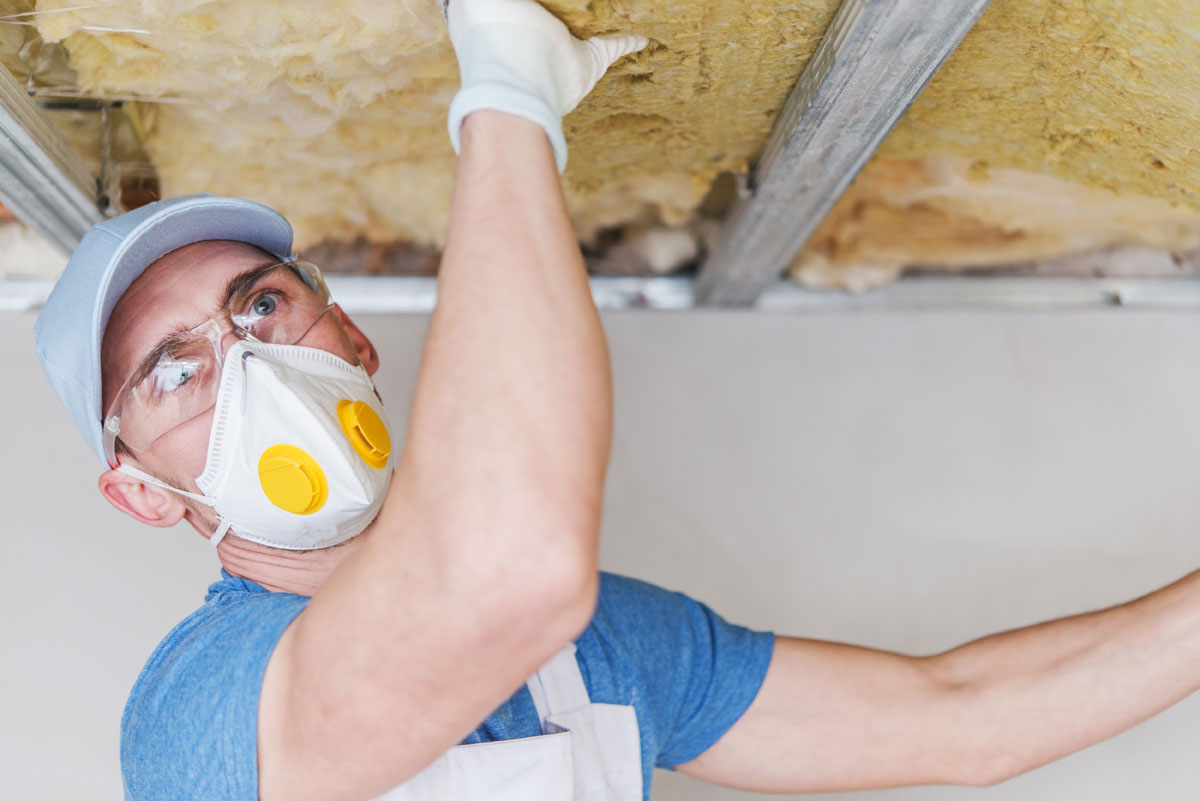

0 thoughts on “What Is The R-Value Of Fiberglass Insulation”